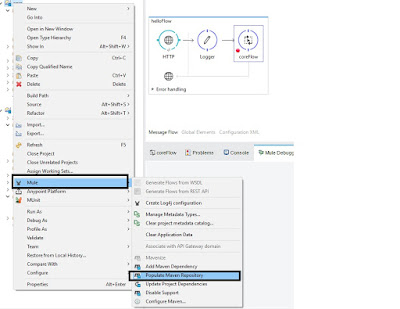Mulesoft Integration - Limitations of Using an External Identity Provider in MuleSoft
In MuleSoft’s Anypoint Platform, using an external identity provider (IdP) for authentication and authorization integrates with single sign-on (SSO) protocols like SAML 2.0, OpenID Connect (OIDC), or LDAP to manage user access. While this offers flexibility and centralized identity management, there are several limitations and considerations to be aware of when configuring an external IdP. Below is a comprehensive overview based on MuleSoft’s documentation and best practices: 1. Supported Protocols 2. Configuration Complexity 3. User Provisioning 4. Role and Permission Limitations 5. Session Management 6. Federation Scope 7. Feature Limitations 8. Dependency on IdP Availability 9. Platform-Specific Constraints 10. Support and Troubleshooting Best Practices to Mitigate Limitations Validate IdP Compatibility : Ensure your IdP supports SAML 2.0 or OIDC and can provide required attributes (e.g., email, NameID, or groups). Pre-Provision Users : Invite users to Anypoint Platfo...




